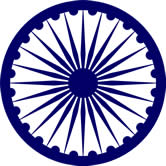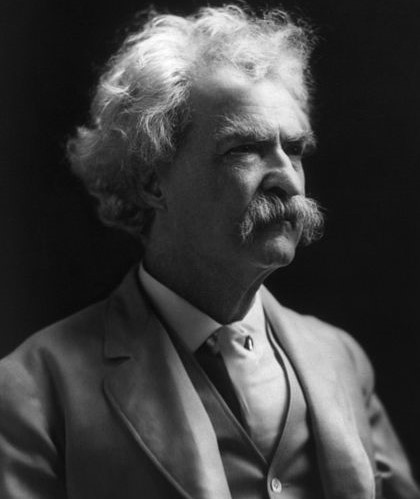Wheel of Time - Rise and fall
 The Ashoka Chakra, "the wheel of Righteousness" (Dharma in Sanskrit)
The Ashoka Chakra, "the wheel of Righteousness" (Dharma in Sanskrit)
King Ashoka the Great, has come to be regarded as one of the most exemplary rulers in world history. The early part of Emperor Ashoka's life was apparently quite bloodthirsty. He also built an elaborate and horrific torture chamber and this earned him the name Ashoka the Fierce. He became a follower of the Buddha's teaching after his conquest of Kalinga. All he could see at Kalinga were burnt houses, scattered corpses and thousands of fatally wounded people. The words of a woman echoed in his ears. "Your actions have taken from me my father, husband, and son. Now what will I have left to live for?” He felt that he was the cause of the destruction.
What have I done? If this is a victory, what's a defeat then? Is this a victory or a defeat? Is this justice or injustice?
The Kalinga War prompted Ashoka, already a non-engaged Buddhist, to devote the rest of his life to Ahimsa (non-violence) and to Dhamma-Vijaya (victory through Dharmma). Ashoka ended the military expansion of the empire, and led the empire through more than 40 years of relative peace, harmony and prosperity. He used his position to propagate the relatively new religion to new heights, as far as ancient Rome and Egypt. He made Buddhism his state religion around 260 BC, and propagated it and preached it within his domain and worldwide from about 250 BC.
What happened after Asoka?
Ashoka ruled for an estimated forty years. In the year 185 BC, about fifty years after Ashoka's death, the last Maurya ruler, Brhadrata, was assassinated by the commander-in-chief of the Mauryan armed forces, Pusyamitra Sunga, while he was taking the Guard of Honor of his forces.
Following the Mauryans, the first Brahmin emperor was Pusyamitra Sunga, is believed by some writers with the persecution of Buddhists and a resurgence of Brahmanism that forced Buddhism outwards to Kashmir. According to the 2nd century Ashokavadana (a text related to Ashoka the Great): "Then Emperor Pusyamitra equipped a fourfold army, and intending to destroy the Buddhist religion, he went to the Kukkutarama and destroyed the “sangharama” (temple or monastery, where dwells the Buddhist monastic community), killed the monks there, and departed. After some time, he arrived in Sakala, and proclaimed that he would give a hundred dinara reward to whoever brought him the head of a Buddhist monk"
 Mark Twain: "a favorite theory of mine is that no occurrence is sole and solitary, but is merely a repetition of a thing which has happened before, and perhaps often."
Mark Twain: "a favorite theory of mine is that no occurrence is sole and solitary, but is merely a repetition of a thing which has happened before, and perhaps often."
The Wheel of time or wheel of history (also known as Kalachakra) is a concept found in several religious traditions and philosophies which regard time as cyclical and consisting of repeating ages.
The repetition of similar events in history is called Historic recurrence. The concept of historic recurrence has variously been applied to the overall history of the world (e.g., to the rises and falls of empires), to repetitive patterns in the history of a given polity, and to any two specific events which bear a striking similarity.
History repeats itself